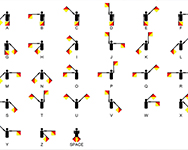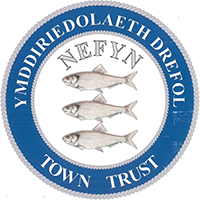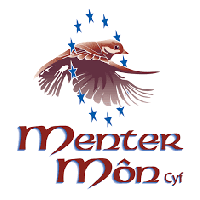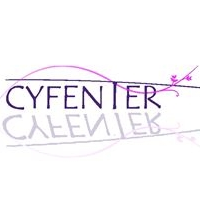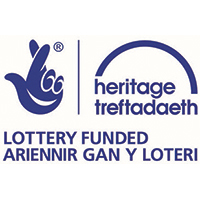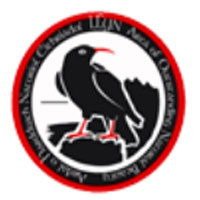Artefact of the season
Semaphore is an alphabet signalling system based on the waving of a pair of hand-held flags in a particular pattern using square, hand-held flags. Sailors can use semaphore to communicate over distances, such as from one ship to another ship or from a ship to the shore. When the system is used at sea, the flags are red and yellow, and, when on land, the flags are white and blue. Flags are not required, but do make the characters that are transmitted easier to see.
The flags are held, arms extended, in various positions representing each of the letters of the alphabet. The pattern resembles a clock face divided into eight positions: up, down, out, high, low, for each of the left and right hands (LH and RH) six letters require the hand to be brought across the body so that both flags are on the same side.
Semaphores were adopted and widely used in the maritime world in the 19th century. It is still used during underway replenishment at sea and is acceptable for emergency communication in daylight or using lighted wands instead of flags, at night.
The most famous use of semaphore was during the Battle of Trafalgar in 1805 when the British Royal Navy engaged in a fight against the Spanish and French during the Napoleonic Wars. British ships used the semaphore system by positioning flags to communicate messages between its ships. This worked very well during daylight, but the flags could not be seen if it was rainy or there was heavy fog.

